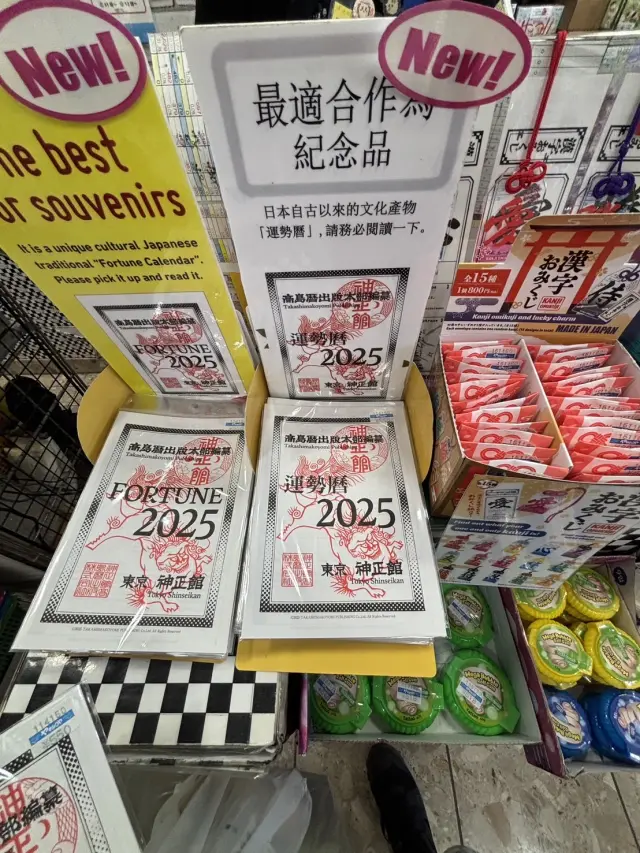Shinseikan Takashima Koyomi is more than just a yearly calendar—it is a publication that offers insights deeply connected to daily life in Japan, including fortunes, seasonal words, and other culturally significant information.
Originally conceived by Takashima Shomyo, It has been published continuously for over 75 years since its first edition in 1950, following the guiding philosophy: “Bringing rhythm and richness to everyday life through calendars.”
Takashima Koyomi includes not only the Gregorian calendar and days of the week, but also the traditional lunar calendar, annual events, directional fortunes, and daily predictions. It is used to understand the nature and fortune of each day.
It is especially useful when selecting important dates for life events such as moving, getting married, or opening a business. It can also be used to read one’s love fortune or compatibility with others based on daily fortunes and auspicious directions.
Today, the publication is available not only in Japanese, but also in English, Traditional Chinese, and Simplified Chinese.








